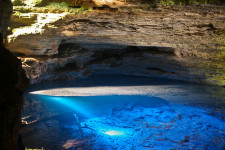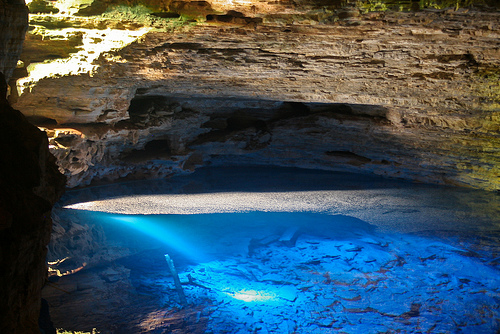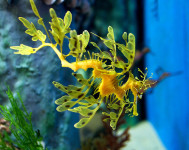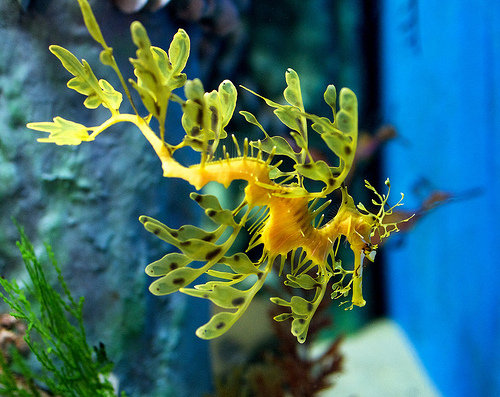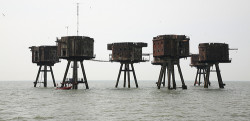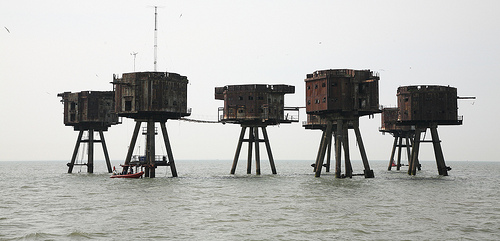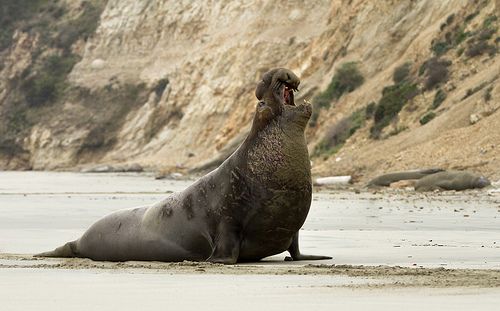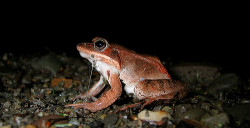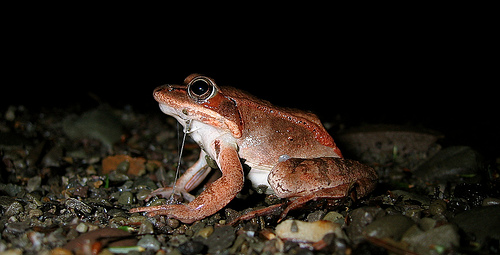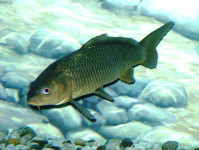
Don’t get a common barbel in your face.
- Common barbels are a species of smaller-sized fish mainly native to various countries in Europe.
- The scientific name of a common barbel is Barbus barbus, and it is from the family Cyprinidae, the family of carps and minnows.
- ‘Common barbels’ are also known as ‘barbels’, the broad name of the genus; and ‘pigfish’, from an English legend.
- Common barbels inhabit freshwater locations such as rivers and lakes, and they are generally found in the water, close to the stony ground.
- Common barbels grow to be 10 to 120 centimetres (4 to 47 inches) in length and weigh 1 to 12 kilograms (2 to 26 pounds).
Common Barbel
Image courtesy of robposse/Flickr
- The diet of common barbels consists primarily of fish, algae, larvae of insects and crustaceans.
- The number of eggs produced by common barbels at one time is said to be in the thousands, for every kilogram of fish weight, due to the large quantity that are initially eaten by other water creatures.
- Common barbels have a lifespan of up to 15 years, and they are commonly fished for sport, commercially grown for food, and used in the pet industry.
- Common barbels can feature numerous small black spots, and they are generally coloured mainly brown or grey, with the addition of silver, white, and pink colours.
- Although classified as least concerned, both pollution and habitat loss threaten some common barbel populations.
Bibliography:
Barb, 2013, A-Z Animals, http://a-z-animals.com/animals/barb/
Barbus barbus, 2014, Wikipedia, http://en.wikipedia.org/wiki/Barbus_barbus
Barbus barbus, 2015, IUCN Red List, http://www.iucnredlist.org/details/summary/2561/0
Binohlan C, Barbus barbus, n.d, Fish Base, http://www.fishbase.org/summary/4472





